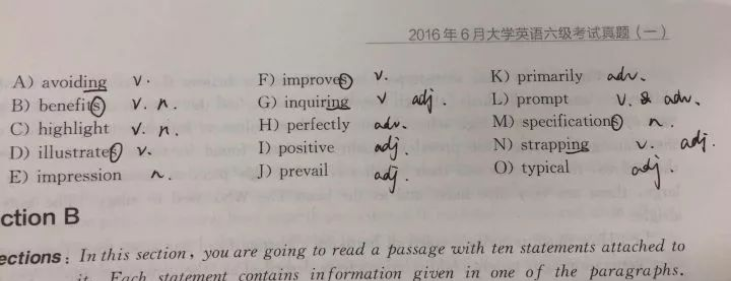Saharan sun to power European supergrid
|
A tiny rectangle superimposed on the vast expanse of the Sahara captures the seductive appeal of the audacious plan to cut Europe's carbon emissions by harnessing the fierce power of the desert sun. Dwarfed by any of the North African nations, it represents an area slightly smaller than Wales, but scientists claimed yesterday it could one day generate enough solar energy to supply all of Europe with clean electricity. Speaking at the Euroscience Open Forum in Barcelona, Arnulf Jaeger-Waldau of the European commission's Institute for Energy, said it would require the capture of just 0.3 percent of the light falling on the Sahara and Middle East deserts to meet all of Europe's energy needs. The scientists are calling for the creation of a series of huge solar farms - producing electricity either through photovoltaic cells, or by concentrating the sun's heat to boil water and drive turbines - as part of a plan to share Europe's renewable energy resources across the continent. A new supergrid, transmitting electricity along high voltage direct current cables, would allow countries such as the UK and Denmark ultimately to export wind energy at times of surplus supply, as well as import from other green sources such as geothermal power in Iceland. Energy losses on DC lines are far lower than on the traditional AC ones, which make transmission of energy over long distances uneconomic. The grid proposal answers the perennial criticism that renewable power will never be economic because the weather is not sufficiently predictable. Its supporters argue that even if the wind is not blowing hard enough in the North Sea, it will be blowing somewhere else in Europe, or the sun will be shining on a solar farm somewhere. Scientists argue that harnessing the Sahara would be particularly effective because the sunlight in this area is more intense: solar photovoltaic (PV) panels in northern Africa could generate up to three times the electricity compared with similar panels in northern Europe. Much of the cost would come in developing the public grid networks of connecting countries in the southern Mediterranean, which do not currently have the spare capacity to carry the electricity that the north African solar farms could generate. Even if high voltage cables between North Africa and Italy would be built or the existing cable between Morocco and Spain would be used, the infrastructure of the transfer countries such as Italy and Spain or Greece or Turkey also needs a major re-structuring, according to Jaeger-Waldau. Southern Mediterranean countries including Portugal and Spain have already invested heavily in solar energy and Algeria has begun work on a vast combined solar and natural gas plant which will begin producing energy in 2010. Algeria aims to export 6,000 megawatts of solar-generated power to Europe by 2020. Scientists working on the project admit that it would take many years and huge investment to generate enough solar energy from north Africa to power Europe but expect that by 2050 it could produce 100 GW, more than the combined electricity output from all sources in the UK, with an investment of about 450 billion Euros. Doug Parr, Greenpeace UK's chief scientist, welcomed the proposals: "Assuming it's cost-effective, a largescale renewable energy grid is just the kind of innovation we need if we're going to beat climate change," he said. Jaeger-Waldau also believes that scaling up solar PV by having large solar farms could help bring its cost down for consumers. Questions: 1. Capturing what percentage of the light falling on the Saharan and Middle East deserts would meet all of Europe’s energy needs? 2. Why would harnessing light from the Sahara be more effective than that of other areas? 3. Scientists expect North Africa could produce how much power to Europe by 2050? Answers: 1. 0.3 percent. 2. The sunlight is more intense and the weather is more consistent. 3.100 GW. |








